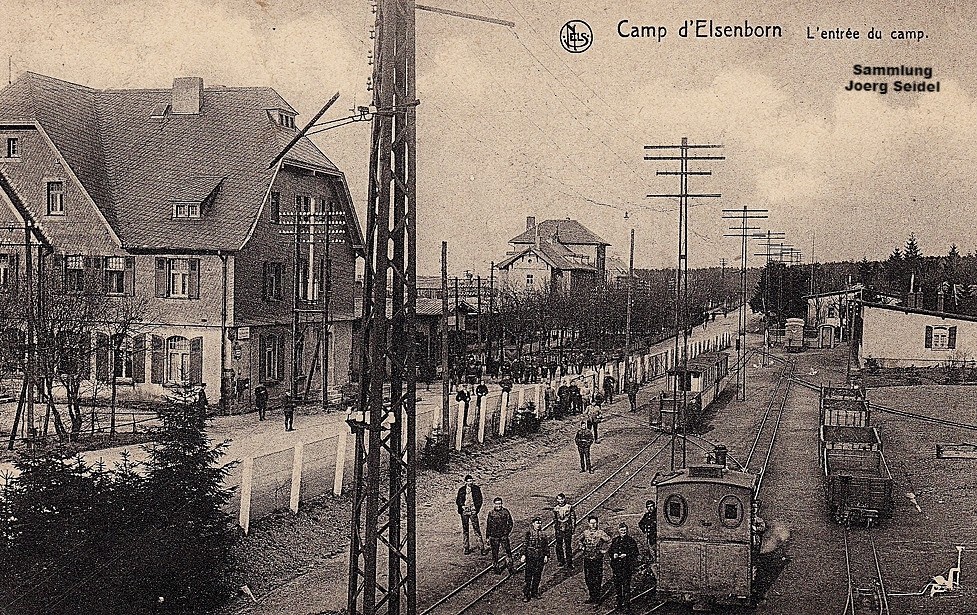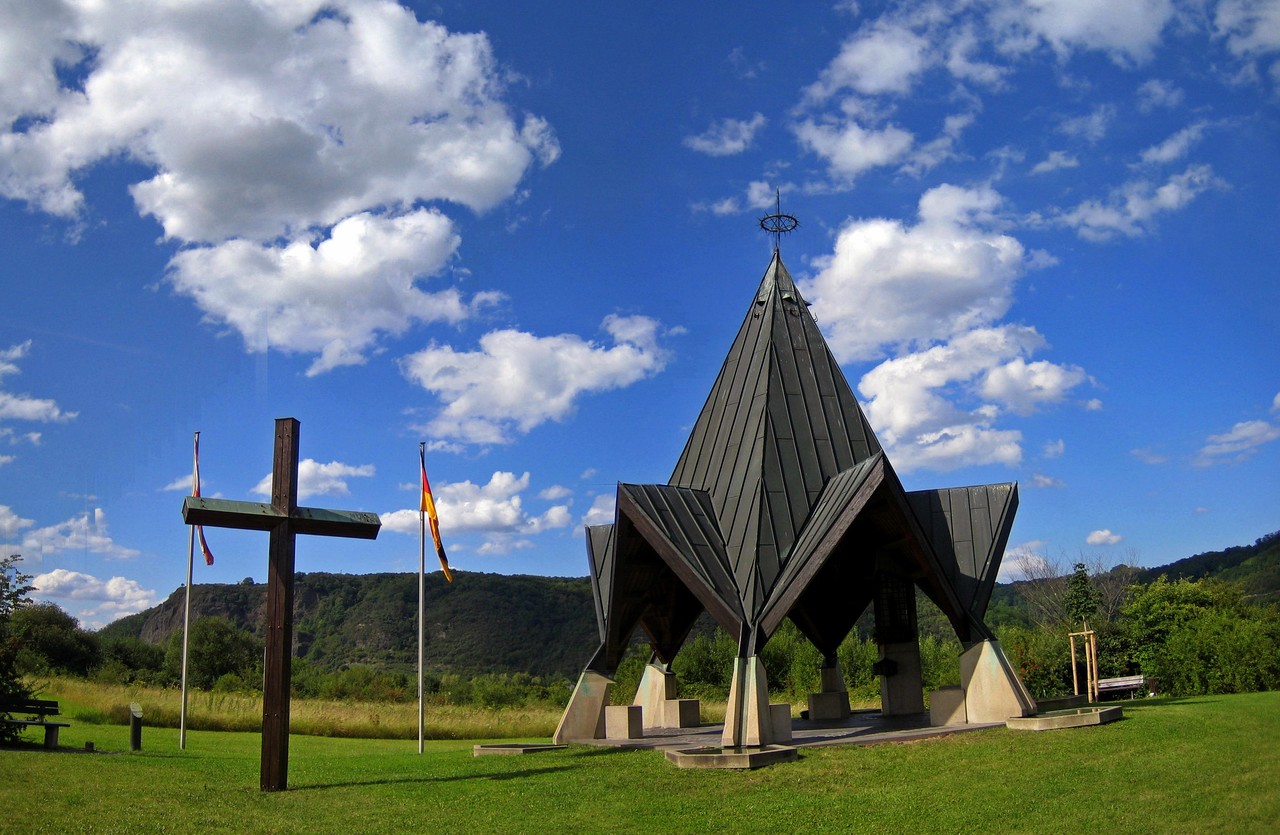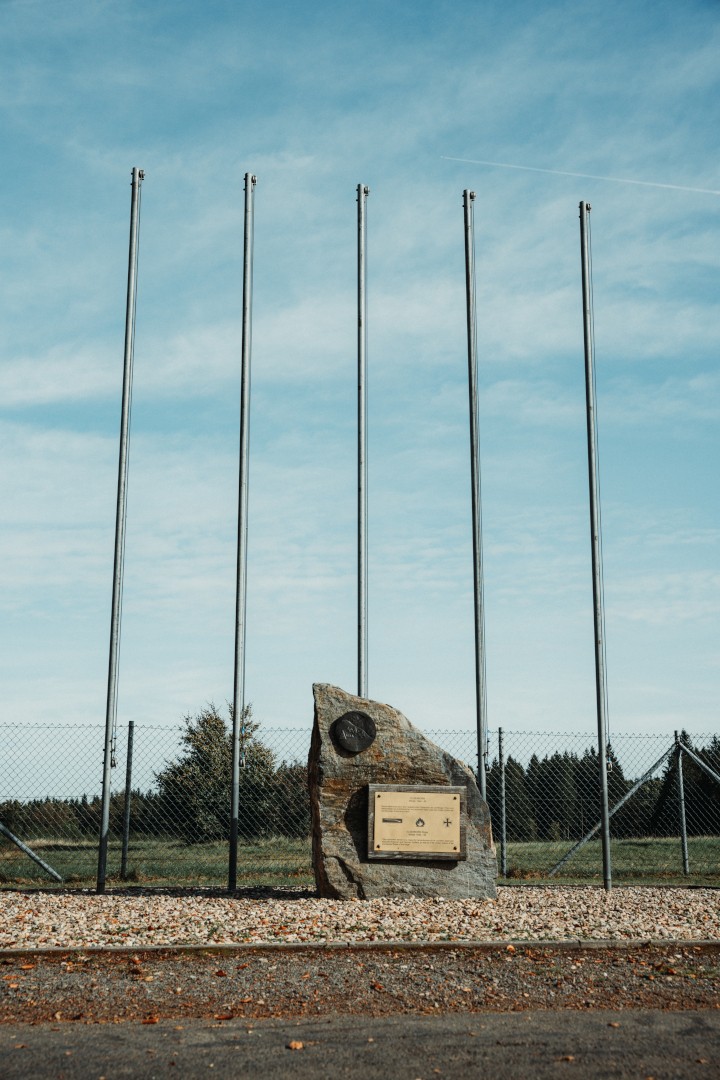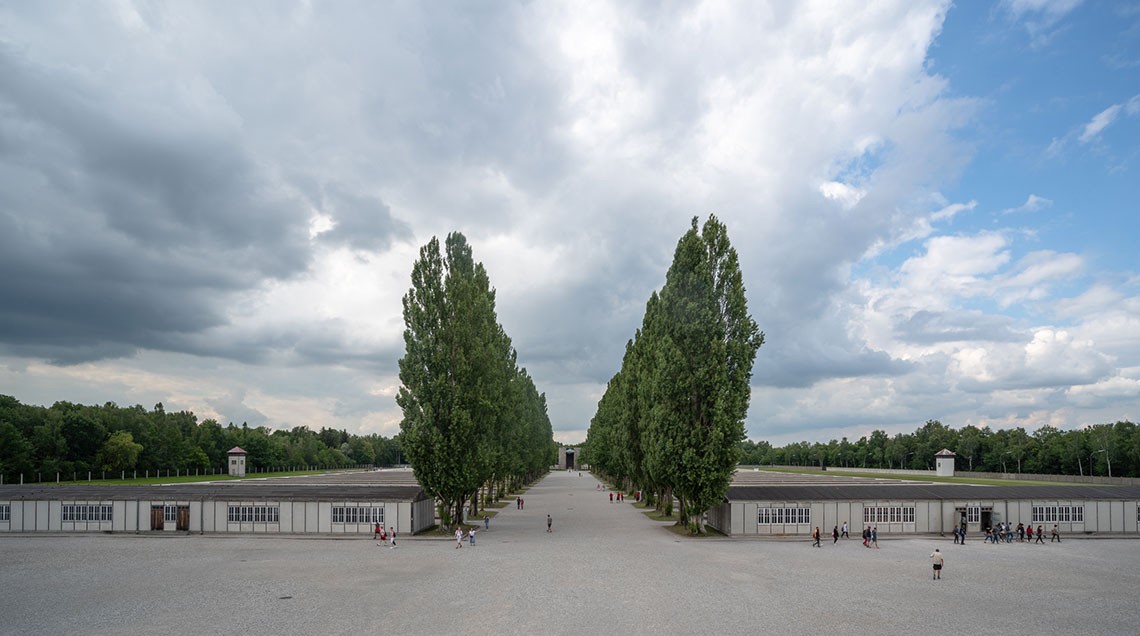US 99th Infantry Division
Belgium
Bookmark
Share
From its formation in 1942, the US 99th Infantry Division played an important role during the Second World War. This was especially the case during the German Ardennes Offensive in the Winter of 1944 to 45, as well as the liberation of German concentration camps.
The US 99th Infantry Division was also known as the ‘Battle Babies’ or ‘Checkerboard’. The former was due to their lack of real fighting experience, and the latter because of their insignia, a checkerboard with blue and white squares on a black shield. They were formed in the United States in late 1942 and conducted years of training and preparation before being deployed.
The unit was originally planned as a Pennsylvanian unit, and the band of white and blue squares of their insignia were taken from the coat of arms of William Pitt, the city of Pittsburgh‘s namesake. The black background represented the iron district of Pennsylvania.
In October 1944, the Division moved from the US to England, camping at Blandford in Dorset, Southeast England. They then moved to continental Europe, landing in Le Havre, France on 9 November and moving onto Belgium. They were then deployed to the ‘Ghost Front’ around Elsenborn in Belgium, near the German border. The Division was deployed along the area that covered Monschau (Germany), and Elsenborn, Honsfeld, Rockerath and Krinkelt (Belgium).
It was here the Division’s first casualties occurred, as they pressed onto the Seigfried Line to hold defensive positions. Some of the injuries were caused by mines or were self-inflicted. On the morning of 16 December 1944, they faced the onslaught of elements of the German 6th Panzer Army.
Following the Battle of the Bulge, the Division advanced into Germany, crossing the River Rhine at Remagen on 11 March 1945.
On the 3 to 4 May 1945, they liberated several subcamps of Dachau concentration camp. These consisted of three labour camps, and one concentration camp in the forest which was linked to the Muhldorf camp complex. Within this camp they found around 1,500 jews, of which around 600 needed to be hospitalised due to starvation and disease.
By the end of the Second World War the Division had suffered 1,130 killed, 3,954 wounded, 421 missing and 598 captured as prisoners of war. Many of these were during the Battle of the Bulge in December 1944 to January 1945.



